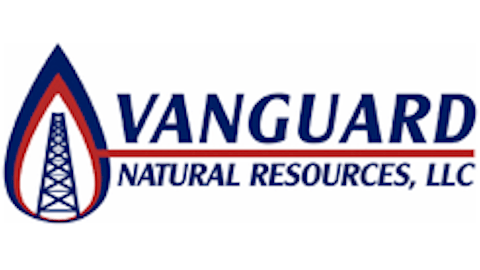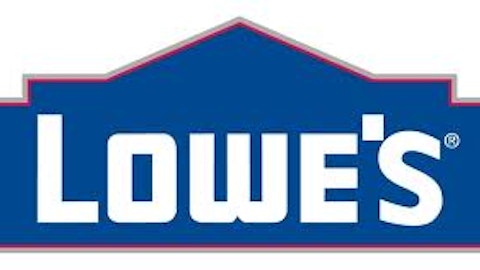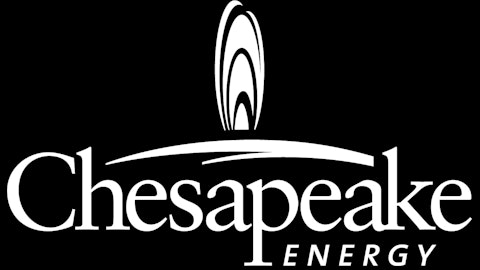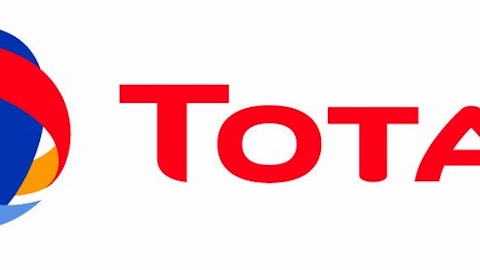Life isn’t always easy for the integrated major oil companies, and this past quarter was evidence of that. With foreign oil prices slipping while U.S. prices climb, it’s giving these big players problems. The benefit of being a major oil company, though, is having gobs of cash that can be used to buy out smaller players. Exxon Mobil Corporation (NYSE:XOM)‘s deal for Celtic Exploration Ltd. (TSE:CLT) goes to show that for companies like ExxonMobil, gobbling up a $2.6 billion competitor is relatively easy money-wise.
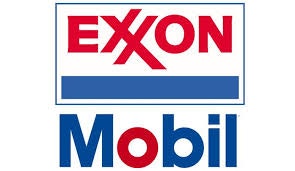
Pitiful pumps
When a company like Exxon Mobil Corporation (NYSE:XOM) needs to move the production needle, it needs to take on big projects. Not only do these projects take immense amounts of capital, but they also don’t always turn out as planned. This past quarter, Royal Dutch Shell plc (ADR) (NYSE:RDS.A) announced that it was dropping its production growth targets because some of its projects were not turning out as hoped. Shell isn’t alone, nearly all of the integrated majors have not been growing production as much as originally planned.
| Company | 2010 Production (Million Barrels of Oil Equivalent Per Day) | 2012 Production | % Growth |
|---|---|---|---|
| Exxon Mobil Corporation (NYSE:XOM) | 4.447 | 4.239 | (4.67%) |
| Royal Dutch Shell plc (ADR) (NYSE:RDS.A) | 3.314 | 3.262 | (1.59%) |
| Chevron Corporation (NYSE:CVX) | 2.67 | 2.61 | (2.25%) |
| BP plc (ADR) (NYSE:BP) | 2.855 | 2.319 | (18.77%) |
Source: Company 10-K and 20-F from sec.gov.
What is compounding the problem even further, though, is that these major projects are in increasingly more difficult environments such as the arctic or in ultra-deepwater regions. These remote, high-risk regions also mean higher per-barrel costs. In 2012, the cost to replace a barrel of reserves for the integrated majors was considerably higher than for their smaller competitors.
| Company | Reserve Replacement Costs (2012, Cost Per Barrel) |
|---|---|
| Exxon Mobil Corporation (NYSE:XOM) | $18.37 |
| Royal Dutch Shell plc (ADR) (NYSE:RDS.A) | $41.76 |
| Chevron Corporation (NYSE:CVX) | $30.07 |
| BP plc (ADR) (NYSE:BP) | $72.03 |
| Industry average | $19.44 |
Source: Ernst & Young.
Of course, these numbers don’t exist in a complete vacuum, either. Much of BP plc (ADR) (NYSE:BP)’s struggles are more of a product of the Deepwater Horizon spill than operations. Over the past few years, BP has divested over $38 billion in assets to both refocus its operations and cover the costs of the spill. Also, both Chevron Corporation (NYSE:CVX) and Royal Dutch Shell plc (ADR) (NYSE:RDS.A) are in the process of bringing several LNG liquefaction terminals online. These high-cost facilities will inflate capital expenditure numbers, but will also result in big upswings in revenue once completed. Chevron estimates that the Gorgon and Wheatstone projects in Australia will add about 400,000 barrels of oil equivalent production net to the company.
Overall, though, it’s becoming harder and harder every day for integrated majors to grow production, and buying out smaller competitors is becoming a more attractive option.
A fistful of dollars
One thing that stands out on the balance sheets of integrated majors is the huge cash reserves riding on those balance sheets. Of course, these companies do need to keep a sizable amount of cash on the books to pay the bills and whatnot, but Chevron Corporation (NYSE:CVX)’s $22.3 billion in cash and short-term investments is more than the company needs for day-to-day operations and could go a long way toward buying up smaller producers.
| Company | Cash and Short-Term investments (in Billions) |
|---|---|
| Exxon Mobil Corporation (NYSE:XOM) | $4.6 |
| Royal Dutch Shell plc (ADR) (NYSE:RDS.A) | $12.5 |
| Chevron Corporation (NYSE:CVX) | $22.3 |
| BP plc (ADR) (NYSE:BP) | $29.0 |
Source: S&P Capital IQ
What’s on the menu?
One of the reasons that many of the major oil companies struggled last quarter is that they haven’t quite gotten a strong foothold on the U.S. shale boom. So it would be logical to look for buys in the U.S. in order to balance out those pricing disparities. One potential opportunity that could be attractive is making a run at some of Occidental Petroleum Corporation (NYSE:OXY)‘s assets. The company seems destined to sell off some segments of its company in order to boost shareholder value, and any of the integrated majors could net a big win if any of these assets were to come up for sale.
